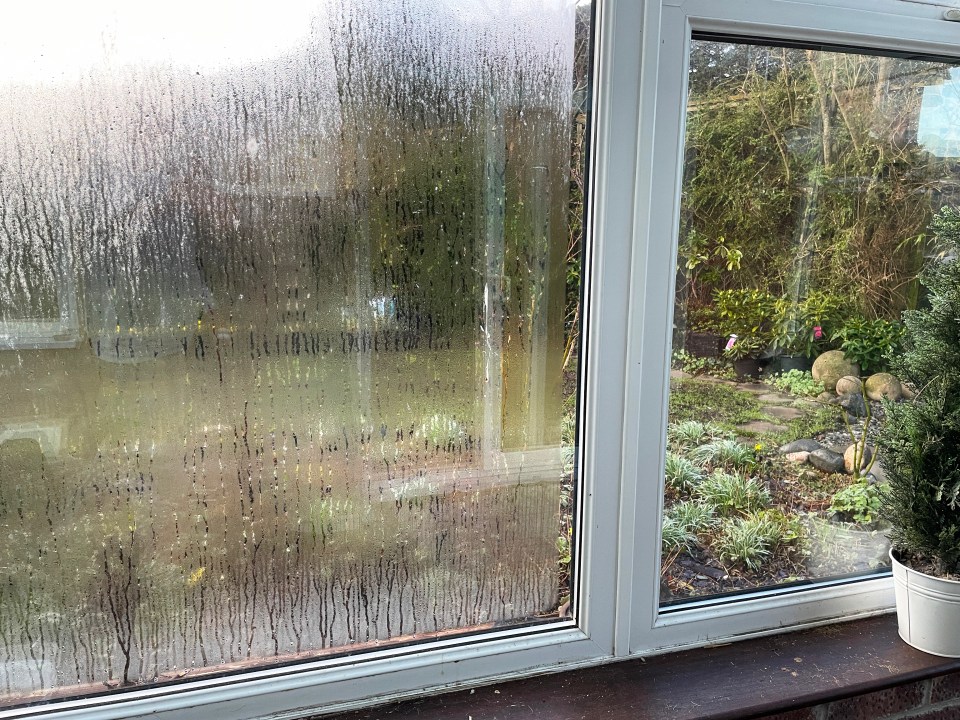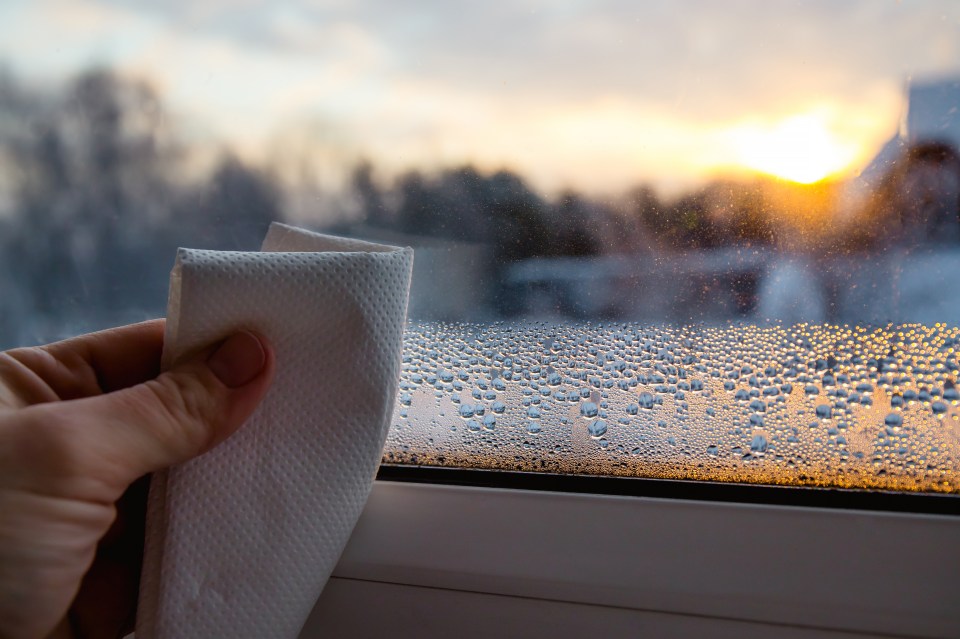LIGHTING a fire or blasting your heating during the winter can cause potential harm to your home.
While these methods can be effective at keeping you cosy in frigid temperatures, they can also contribute to condensation.
While many have invested in dehumidifers or other gadgets, a simple step can protect your windows and walls from mould.
And it won’t set you back a single penny.
This cost-effective method has been credited to Germans, who refer to it as Stoßlüften.
It involves “shock ventilating” your home by opening your windows and airing out your space.
Read More On Condensation Tips
While ventilating your home may seem like common sense, this method takes it to the next level.
According to the experts at Madinde.com, the optimal temperature to protect your home from mould is between 19-degrees Celsius and 21-degrees Celsius.
They reported that the average four-person household produces 12 litres of moisture a day.
Combined with central heating during the winter, this can contribute significantly to mould growth.
This excessive humidity can be removed by regularly introducing fresh air to your environment.
While people typically crack their windows ajar to air out their homes in winter, Stoßlüften goes a step further.
For effective results, homeowners should open their windows wide to allow maximum airflow through their house.
This will ensure a faster exchange of air in your home.
The stale air will be removed from your space and will be replaced with fresh air.
This method reduces humidity levels in the home and helps to remove pollutants from your environment.
It is important to leave your heating running, but at a low setting, while shock ventilating the home.
What is condensation?
Condensation is water droplets that form on a window when moist air comes into contact with a cold surface.
Condensation occurs when:
Air cools
Warmer air can hold more moisture than cooler air. When moist air touches a cold surface, like a window, the water vapour in the air turns into liquid water droplets.
Windows are colder than walls
Windows are often colder than insulated walls, so condensation is more likely to occur on them.
Windows are poorly insulated
Poorly insulated windows can lead to condensation, especially if they are made of aluminium, which conducts heat quickly. If left untreated, it can lead to mould and other serious problems.
You should also close all your interior doors when carrying out this method.
Experts recommend carrying out this process three times a day at minimum during the winter.
Homeowners only have to leave their windows open for approximately five to 10 minutes to see results.
You should always shock ventilate your kitchen after cooking and your bathroom after showering, according to professionals.
To avoid losing heat throughout your home, experts recommend rotating the rooms you choose to ventilate at any given time.

